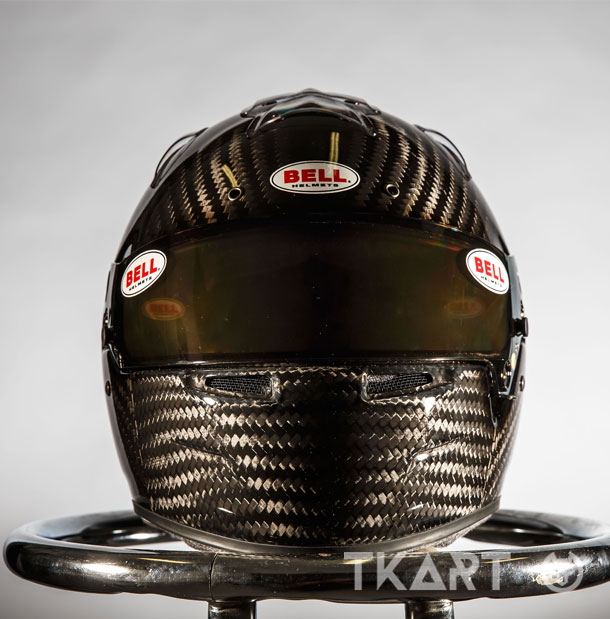Frequent Searches
Frequent Searches

 Exclusive Content
Exclusive Content

 HELMET
HELMET
 SHELL AND SPOILER
SHELL AND SPOILER
 VISOR
VISOR
 INTERIORS
INTERIORS
 HELMET
HELMET
 SHELL AND SPOILER
SHELL AND SPOILER
 VISOR
VISOR
 INTERIORS
INTERIORS
The RS7-K Carbon shell is made entirely of carbon, with Kevlar inserts in the key areas, such as the impact points (located at the front, side, chin guard, back and top of the helmet), the anchor points of the helmet strap, and in correspondence with the holes of the visor. In the housing area of the latter, there are ribs, which in addition to having an aerodynamic function, make the helmet more resistant, strengthening it, and protecting the driver more from any blows. The internal ventilation system is derived from the HP7 model used by Formula 1 drivers. The shell has 14 holes: [1] 10 positioned on the upper part, [2] 2 at the front, under the visor, and [3] 2 holes for rear extraction. The air enters from the front and upper intakes, and then exits at the rear.
Also as regards the aesthetic aspect, the RS7-K Carbon takes great inspiration from HP7, so much so that it has the same shape, designed to have excellent aerodynamic efficiency even at very high speeds, such as those achieved by Formula 1 or Indycar cars. The shell has appendages made of thermoformed plastic, which Bell has designed to make the helmet as stable and aerodynamic as possible. There are 3 spoilers available: one at the front (8 mm, 13 mm or 17 mm), one at the rear (38 mm, 43.5 mm and 49 mm) and one defined as a "stabilizer" (4 mm, 5.25 mm and 6.55 mm) to be fitted to the top, just behind the air intakes. They are very easy to attach given the presence of a pre-installed double-sided tape that follows the internal perimeter of the spoiler and ensures a solid anchorage to the carbon shell. Massimiliano Portioli, the top man of Bell's racing service stated, regarding these wings "In karting there are no speeds that can benefit from the effect of these appendages, but helmets can accommodate them for purely aesthetic reasons" .
The prices of these products vary according to the type chosen: the cost of the chin rest or stabilizer, whatever the size selected, is 35 Euros, while that of the rear appendage is 75 euros for each of the sizes.